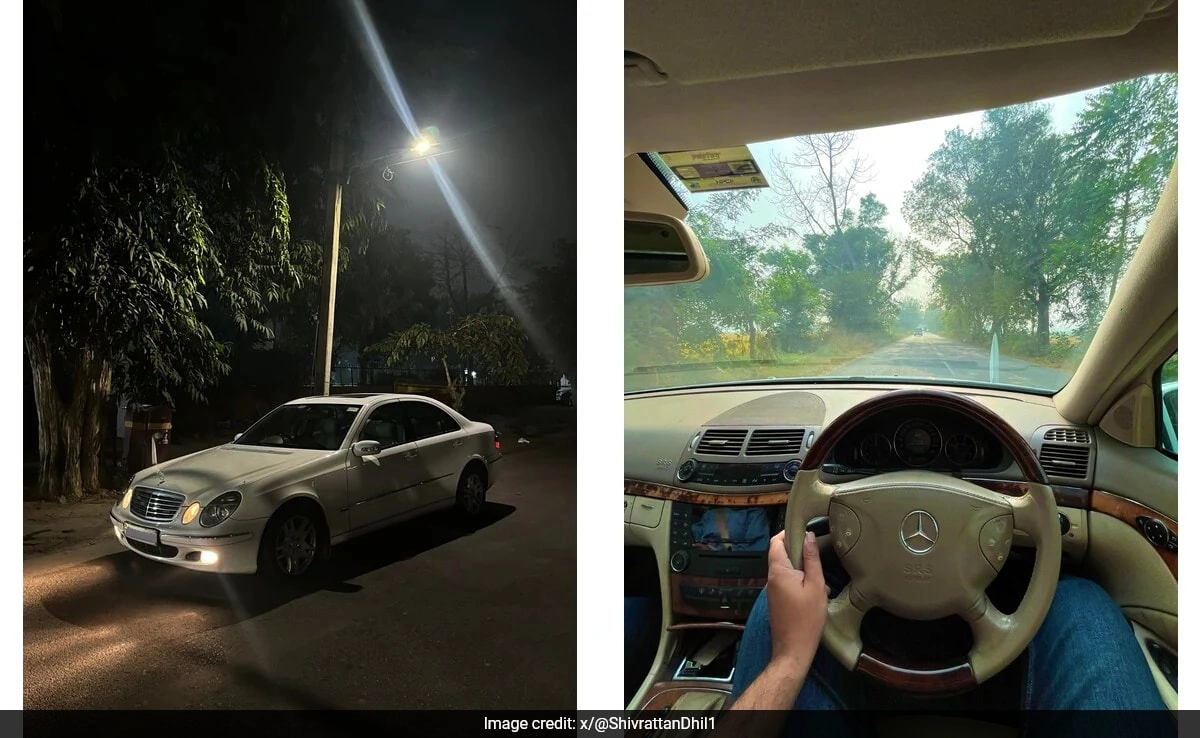In a recent turn of events in Delhi, a man has expressed his frustration over the government’s fuel ban, which has led to the classification of his 16-year-old, pollution-free Mercedes as “vintage scrap.” This situation has sparked a broader discussion about the implications of stringent environmental policies on individual vehicle owners and the automotive industry as a whole. The man argues that his vehicle, which has been well-maintained and emits no harmful pollutants, should not be subjected to the same restrictions as older, more polluting models. He feels that the regulations are overly broad and fail to consider the nuances of vehicle emissions and sustainability.
The classification of his Mercedes as vintage scrap not only raises concerns about environmental policies but also sheds light on the growing tension between the government’s push for cleaner air and the rights of citizens who own vehicles that meet modern standards. The man believes that the authorities should recognize the efforts made by individuals who invest in cleaner technologies and encourage them rather than penalizing them with blanket bans. His vehicle, which has a reputation for being both efficient and environmentally friendly, stands as a testament to advancements in automotive engineering that promote sustainability.
Furthermore, this incident highlights the potential disconnect between policy-makers and the public. While the government aims to reduce pollution levels in one of the world’s most polluted cities, it must also consider the impact of its regulations on responsible vehicle owners. The case of this Mercedes serves as a reminder that not all older cars contribute equally to pollution, and that a more tailored approach to vehicle regulations might be necessary. This could include incentives for maintaining older, low-emission vehicles instead of declaring them obsolete simply due to their age.
As the debate continues, it raises important questions about the future of transportation in urban areas. Will policies evolve to recognize and reward environmentally friendly practices among private vehicle owners? Or will the push for cleaner air lead to a one-size-fits-all approach that overlooks the complexities of vehicle emissions? This case not only reflects the challenges faced by individual vehicle owners but also emphasizes the need for dialogue between the government and citizens to create effective policies that promote environmental sustainability while respecting personal investment in cleaner technology.




